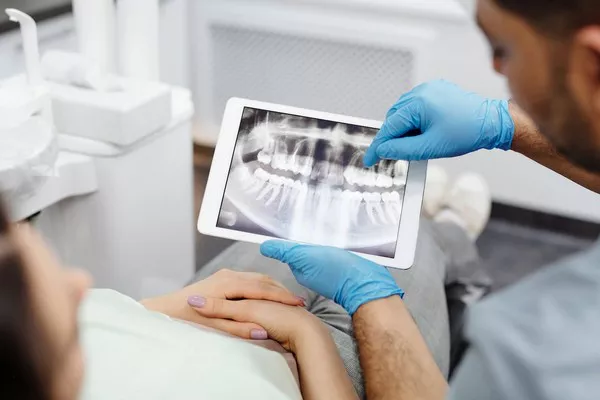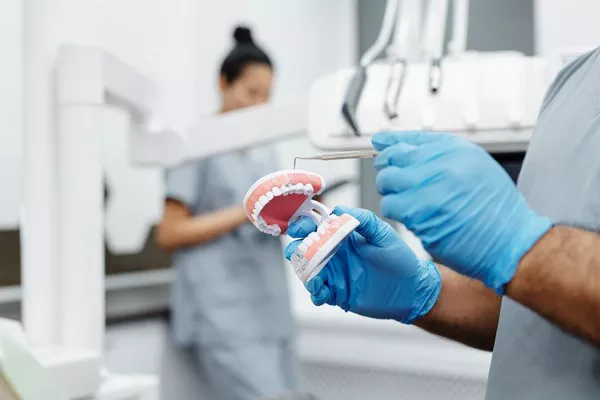A beautiful smile goes a long way in enhancing one’s confidence and overall appearance. However, gaps between teeth can cause self-consciousness and dental health issues. Fortunately, modern dentistry offers several options to address this concern. One such solution is filling the gap in teeth. In this article, we will delve into the various methods used to fill a gap in teeth and explore the factors that influence the cost of the procedure.
Understanding Tooth Gaps:
Tooth gaps, also known as diastema, are spaces that occur naturally or due to missing teeth. They can be caused by genetics, thumb sucking, misalignment, or trauma. While some individuals embrace their tooth gaps as a unique feature, others may seek treatment options to improve their smile and oral health.
Filling the Gap:
When it comes to filling a gap in teeth, there are multiple treatment options available. The choice depends on the size of the gap, the patient’s oral health, and their aesthetic preferences. Here are three common methods:
Dental Bonding:
Dental bonding is a popular and affordable method to fill small to moderate-sized gaps. It involves applying a tooth-colored resin material to the surface of the teeth, which is then shaped and hardened using a special light. Dental bonding can effectively close gaps by adding material to the existing teeth. The cost of dental bonding typically ranges from $300 to $600 per tooth, depending on the complexity of the case.
Dental Veneers:
Another option for filling tooth gaps is dental veneers. Veneers are thin porcelain shells custom-made to cover the front surface of teeth. They provide a natural-looking appearance while closing gaps and improving the overall aesthetics of the smile. The cost of dental veneers can vary greatly depending on the number of veneers required, ranging from $800 to $2,500 per tooth.
Dental Implants or Bridges:
In cases where the gap is due to a missing tooth, dental implants or bridges may be recommended. Dental implants involve surgically placing an artificial tooth root into the jawbone, which serves as a foundation for a replacement tooth. Bridges, on the other hand, use adjacent teeth to support the replacement tooth. The cost of dental implants and bridges can vary significantly based on the complexity of the case, with prices typically ranging from $1,000 to $4,000 per tooth.
Factors Influencing the Cost:
Several factors contribute to the overall cost of filling a gap in teeth:
Geographic Location: Dental treatment costs can vary from one region to another, with urban areas generally having higher prices compared to rural areas.
Dentist’s Experience: Experienced dentists with advanced training or specialization may charge higher fees for their services.
Material Quality: The type and quality of materials used, such as resin, porcelain, or metal, can influence the cost of the procedure.
Additional Procedures: In some cases, additional procedures like tooth extraction, bone grafting, or orthodontic treatment may be necessary, increasing the overall expense.
Dental Insurance Coverage: Dental insurance plans may cover a portion of the cost depending on the individual policy. It is essential to check with the insurance provider for coverage details.
Can gaps between teeth be filled?
Yes, gaps between teeth can be filled through various dental procedures. The specific treatment options depend on the size and location of the gap, as well as the overall condition of your teeth and gums. Here are some common methods used to fill gaps between teeth:
Dental Bonding:
Dental bonding is a straightforward and non-invasive procedure where a tooth-colored composite resin material is applied to the teeth to fill in gaps or reshape the tooth. The resin is shaped and hardened using a special light, resulting in a natural-looking restoration.
Dental Veneers:
Veneers are thin porcelain or composite shells that are custom-made to cover the front surface of teeth. They can be used to close gaps between teeth by creating an illusion of properly aligned teeth. Veneers offer a durable and long-lasting solution for improving the appearance of your smile.
Dental Crowns:
If the gap is caused by a missing tooth, a dental crown may be recommended. A crown is a cap-like structure that covers the entire tooth, including the gap area. It helps restore the function and aesthetics of the missing tooth while closing the gap.
Orthodontic Treatment:
In cases where the gaps are more significant, orthodontic treatment such as braces or clear aligners may be required. These treatments gradually shift the position of teeth over time, closing the gaps and aligning the bite. Orthodontic treatment usually takes longer but provides comprehensive results for overall teeth alignment.
Dental Implants:
If a tooth is missing and there is a gap between adjacent teeth, a dental implant can be considered. A dental implant involves surgically placing an artificial tooth root into the jawbone, which then supports a dental crown. This solution not only fills the gap but also provides a permanent and functional replacement for the missing tooth.
It’s important to consult with a dentist or orthodontist who will assess your specific situation and recommend the most suitable treatment option for filling the gaps between your teeth. They will consider factors such as the size of the gap, your oral health, and your personal preferences to determine the best course of action.
Conclusion:
Filling a gap in teeth is not only a cosmetic concern but also important for maintaining oral health. The cost of filling a tooth gap can vary depending on the chosen treatment method, the complexity of the case, geographic location, and other factors. Consulting with a qualified dentist is crucial to determine the most suitable treatment approach and receive an accurate cost estimate. Remember, investing in your smile can have long-lasting positive effects on both your appearance and self-confidence.
Related Topics:































